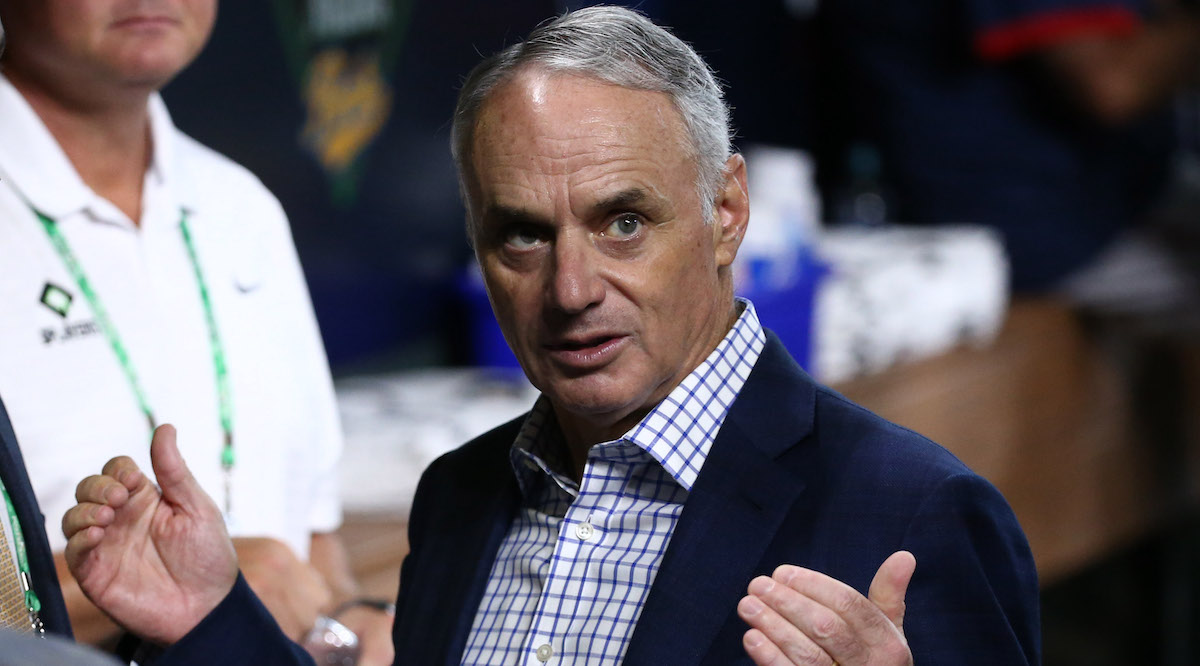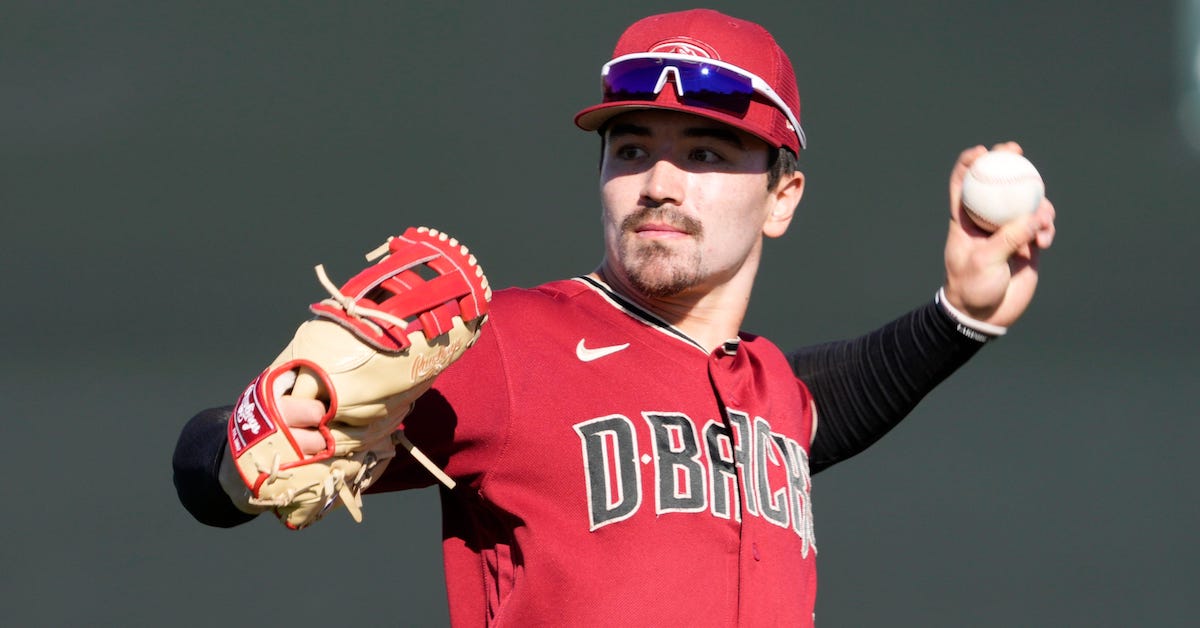Maybe Hitters Should Just Stop Swinging
It’s difficult to be a major league hitter right now, maybe more than ever. For one, pitchers are filthier than ever, with mere relievers averaging velocities that would have been unthinkable a decade ago. Teams have also become crafty with how they configure not only their infields, but also outfields, to great effect: League-wide BABIP on grounders and line drives has declined steadily over the years. It’s no wonder some hitters are left frustrated.
But that doesn’t mean hitters are without options. “They may take away our base hits, but they’ll never take away our plate discipline!” Joey Gallo might cry, if Braveheart is ever remade as an epic battle between a small nation of sluggers and a tyrannical pitcher-state. That really is motivating, though, because if you think about it, a hitter has complete control over when to swing. He may be influenced by the opposing pitcher’s sequencing, deception, and so on, but the decision itself can be traced back to his synapses firing off commands or staying put, all in a matter of milliseconds. Read the rest of this entry »





